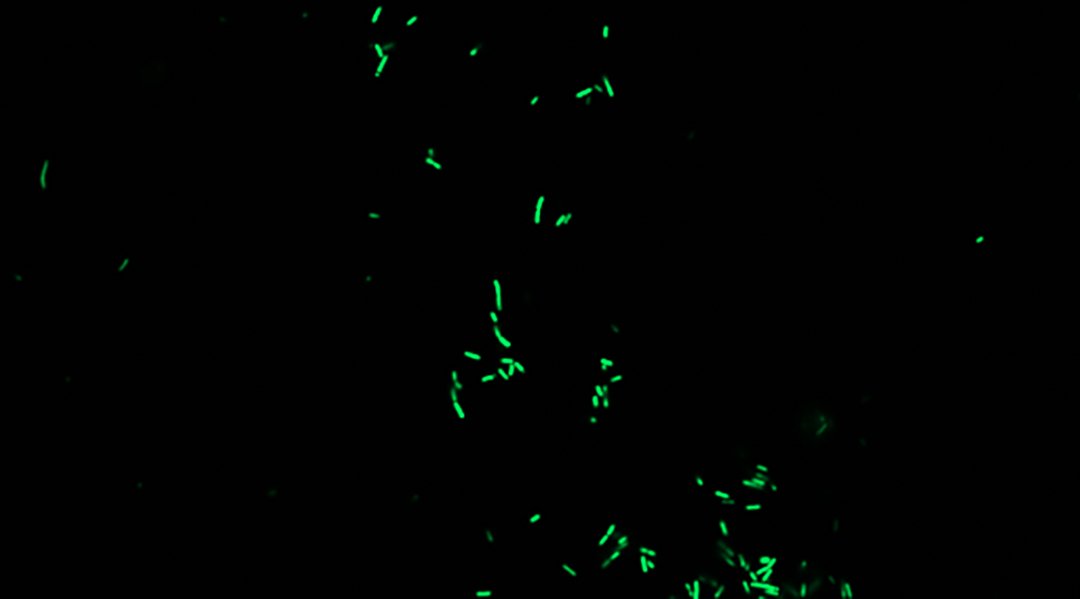The honeybee gut microbiome plays a crucial role not only in digestion but also in various aspects of bee health, behavior, and development.
Researchers at the University of Lausanne in Switzerland have achieved a groundbreaking feat by building the first living biosensor to delve into the intricacies of the honeybee gut microbiome. While bacteria like Escherichia coli (E.coli) have been harnessed as biosensors for gut microbiome research in mammals, this pioneering endeavor marks the first time such technology has been tailored for honeybees.
Understanding the Honeybee Microbiome
The honeybee gut microbiome plays a crucial role not only in digestion but also in various aspects of bee health, behavior, and development. Unlike the complexity seen in humans, honeybee microbiomes exhibit a remarkable consistency across individuals, with approximately eight to ten bacterial species present in every honeybee, regardless of geographic origin.
Dr. Audam Chhun, a postdoctoral researcher at the University of Lausanne, emphasized the suitability of honeybees as a model for microbiota studies, owing to their uniform microbiome composition and the insight their social behaviors provide into the gut-brain axis.
Engineering Living Biosensors
The development of living biosensors relies on advancements in synthetic biology, enabling scientists to manipulate and introduce genes into organisms for specific purposes. Traditionally, Escherichia coli has been the preferred choice for biosensor development due to its presence in the mammalian gut and the availability of genetic engineering techniques.
However, since E. coli does not inhabit the honeybee gut, the research team had to start from scratch. They identified Snodgrassella alvi (S. alvi) as a suitable candidate for genetic engineering and adapted techniques to introduce genes into this bacterium.
To test the viability of a S. alvi biosensor in honeybees, a genetic circuit was constructed to detect a sugar derivative called isopropylthio-β-galactoside (IPTG), triggering the production of a fluorescent protein. Overcoming the challenge of collecting bee feces for analysis, researchers resorted to gently massaging bees to induce defecation.
Exciting Proof of Concept
The success of the biosensor was evident as changes in fluorescence correlated with varying concentrations of IPTG in the honeybee diet. While this achievement marks a significant milestone, refinements are needed to minimize baseline fluorescence levels in the absence of the target molecule.
Future Prospects and Ethical Considerations
Moving forward, the research team aims to develop S. alvi sensors capable of detecting a broader range of molecules and even retaining memory of past exposures. Such tools hold immense potential for elucidating the communication between the microbiome and host health, with possible applications in monitoring honeybee health and conservation efforts.
However, ethical discussions surrounding the introduction of engineered bacteria into wild bee populations remain unresolved, highlighting the need for careful consideration of potential ecological impacts.
In conclusion, the creation of the first living biosensor for the honeybee gut microbiome opens new avenues for understanding and safeguarding these vital pollinators, offering hope for their continued survival amidst mounting challenges.
